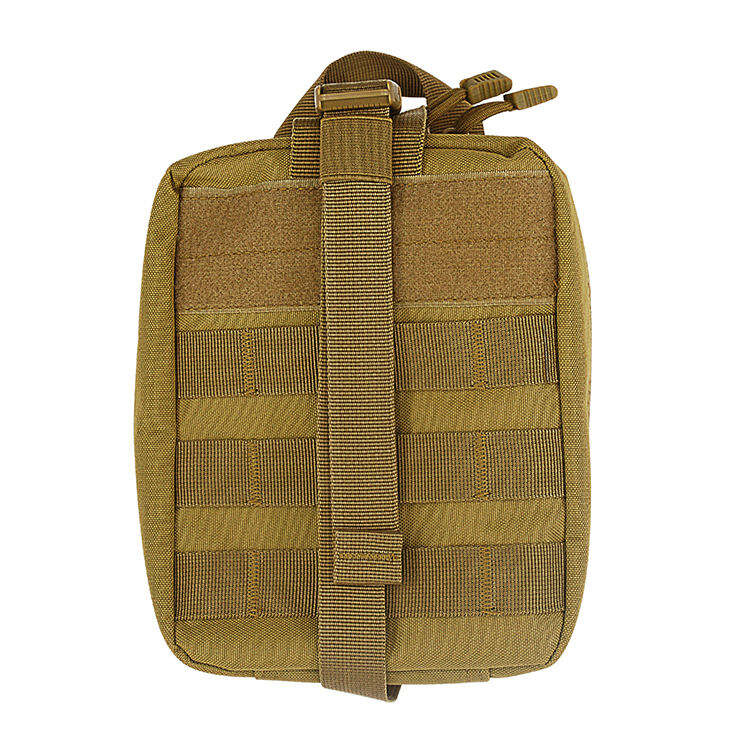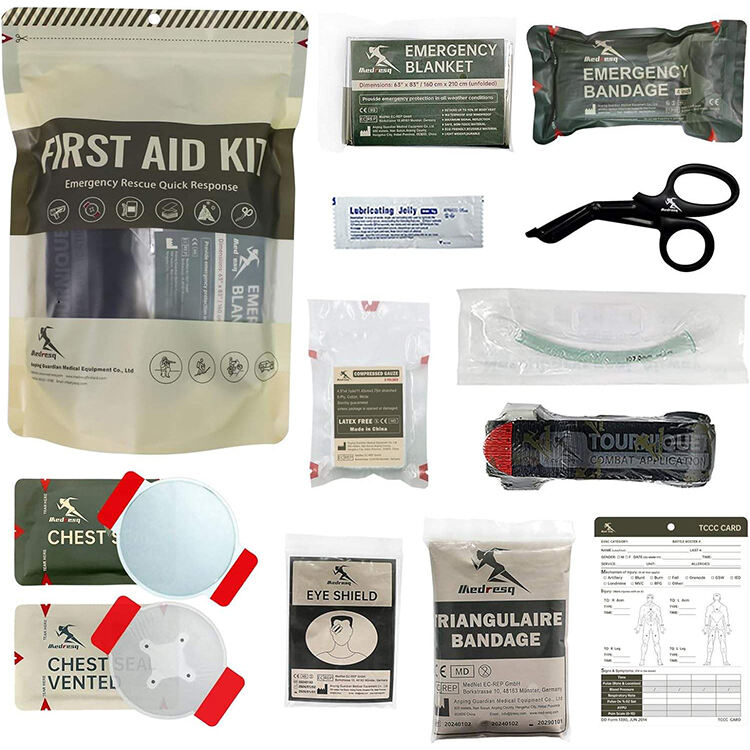Every second counts in cases of emergency that are very stressful. Organizing an Individual First Aid Kit (IFAK) properly is not a simple luxury, but rather a very important aspect that can make a huge difference. A properly planned IFAK enables the first responders, health practitioners, or trained people to retrieve life-saving supplies immediately, without dropping them or wasting time. This blog post will describe the three strategies necessary to make your IFAK fast, durable, and clear so that it does the job at the time that you need it most.
Interior Layout Strategies to Prioritize Critical Supplies
Quick access is the basis of your IFAK internal organization. Making a haphazard spring stuffing may cause the risk of disastrous delays. This is aimed at establishing a logical, hierarchal structure with regard to the urgency and order of use in a normal emergency procedure.
The best approach is to carry out a layered or zoned approach. Immediately life-threatening injuries (e.g. major hemorrhage) need the quickest intervention. As such, tourniquets and hemostatic gauze must be located in the most convenient place, most commonly an external loop specifically designed or just the top of the main compartment. The second layer must include the supplies of the second, but not less important, need such as chest seals and compression bandages. Lastly, such objects as antiseptics, band aids, and tape can be kept in internal, small pockets or pouches. This logical sequence will have all the most important tools at its fingertips and will lead the user through the proper sequence of treatment even in stress.

Pouch Materials That Resist Abrasion and Maintain Shape Over Time
IFAK is a part of the indispensable equipment, which is regularly exposed to an extreme environment, dropped, scraped, and subject to the elements. One of the main factors that predefine the life and functional stability of the pouch is the character of the material it is made of.
The perfect pouch is made of high-denier nylon that has a durable water-repelling coating. This material is highly abrasion resistant, tear resistant and moisture resistant to cover the sterile contents within. The pouch structure is also of importance. The materials are required to be matched with strong stitching and in most cases, a semi-rigid or stiff polymer insert is sewn into the panels. This design ensures that even as the items are taken out of the pouch it does not collapse on itself because it has an open profile that allows one to access it with one hand. The floppy or bumpy pouch can make it difficult to reach supplies quickly thus nullifying the efforts of properly organizing them.
Labeling and Color-Coding Systems for Intuitive Item Location
Visual cues play the most important role when the adrenaline is elevated and the fine motor skills are affected. A well-marked and color-coded IFAK can be easily identified to identify the contents intuitively, minimizing the use of cognitive load and wasting valuable time.
This is possible in a number of ways. It is possible to use pouches with clear windows to visually confirm the contents instantly. When using opaque pouches, the use of international, standardized symbols (such as a red cross as representing general medical or a red drop as representing bleeding control) will give universal meaning that will cross language barriers. Moreover, a color-coded supply system, in terms of pull-tabs or zipsters, would immediately indicate the kind of supply; e.g. red tabs would be used in hemorrhage control, yellow in airway management, blue in wound care. The system allows a user to find the required item by color and shape without reading any text since the process of finding it is quicker and more intuitive.
With their careful attention to these three aspects: strategic interior organization, lasting materials and easy to understand labels, you make your IFAK more than just a box and make it a high performance system that is dependable and ready to deploy in case of emergency.
 EN
EN
 FR
FR
 DE
DE
 IT
IT
 JA
JA
 KO
KO
 RU
RU
 ES
ES
 AR
AR
 BG
BG
 HR
HR
 DA
DA
 NL
NL
 FI
FI
 EL
EL
 NO
NO
 PL
PL
 PT
PT
 RO
RO
 SV
SV
 TL
TL
 ID
ID
 SR
SR
 UK
UK
 VI
VI
 SQ
SQ
 TH
TH
 TR
TR
 AF
AF
 MS
MS
 CY
CY
 IS
IS
 HY
HY
 AZ
AZ
 KA
KA
 MN
MN
 MY
MY
 KK
KK
 UZ
UZ
 CS
CS



